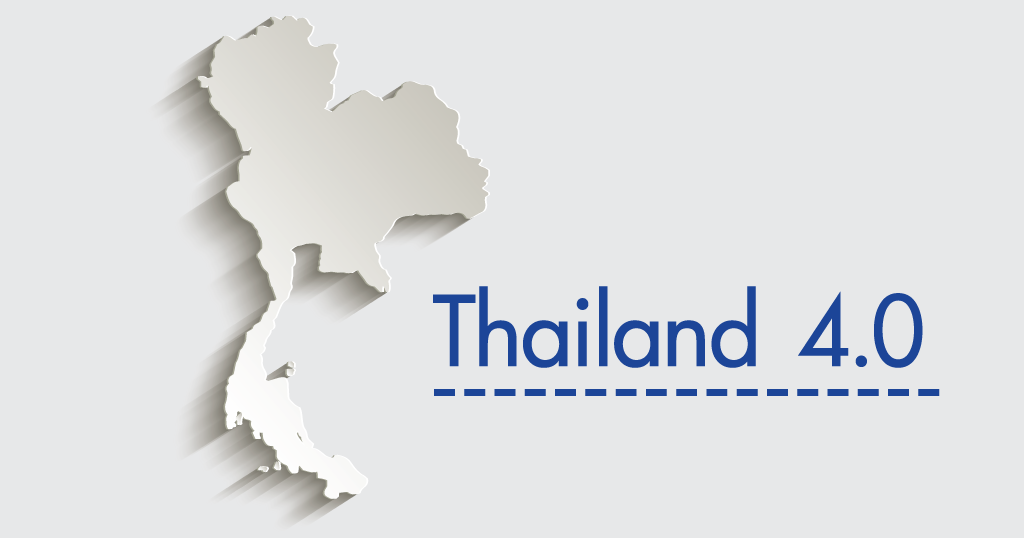Thailand 4.0
March 15, 2017 | Expert Insights

Managing the economy for the future
Deputy Commerce Minister Suvit Maesincee has given a policy briefing on Thailand 4.0 to a gathering of 58 directors of Thai Trade Centers in various countries. The policy will lead to the restructuring of the Thai economy. The efforts range from existing areas of strength in Thailand’s economy—like its automotive and electronics industries—to next generation target industries like aerospace and robotics.
What is the Policy Evolution of Thailand?
- In the first model, “Thailand 1.0,” emphasis was placed on the agricultural sector.
- The second model, “Thailand 2.0,” focused on light industries, which helped upgrade the country’s economy from the low-income to middle-income status.
- In the third model, “Thailand 3.0,” the country is currently emphasising heavy industries for continued economic growth.
- The Thailand 4.0 economic model hopes to change the country’s traditional farming to smart farming, traditional SMEs to smart enterprises, and traditional services to high-value services.
Why is Thailand Moving on to Thailand 4.0?
One primary focus area is to overcome the middle-class income trap. It is a situation in which a country’s growth slows after having reached the middle-income levels. Thailand is taking efforts to move on from a country with abundant cheap, unskilled labour to an innovation “value-based economy” to climb to the next step of the ladder.
Example: 60% of top tier automakers in ASEAN are currently ramping up automation. Cheap labour may not be in a position to compete high precision cost effective robotics.
Assessment
Thailand’s effort to pave the way for the future of the economy maybe a development model for many developing countries dependent on labour.. Studies show, 60 to 80 percent of the jobs in developing economies could be replaced by automation by the year 2025. Upskilling the workforce would be the major effort required from the government’s end to ensure that economic growth is not only based on revenue figures, but also on job growth, supporting quality of life.








Comments